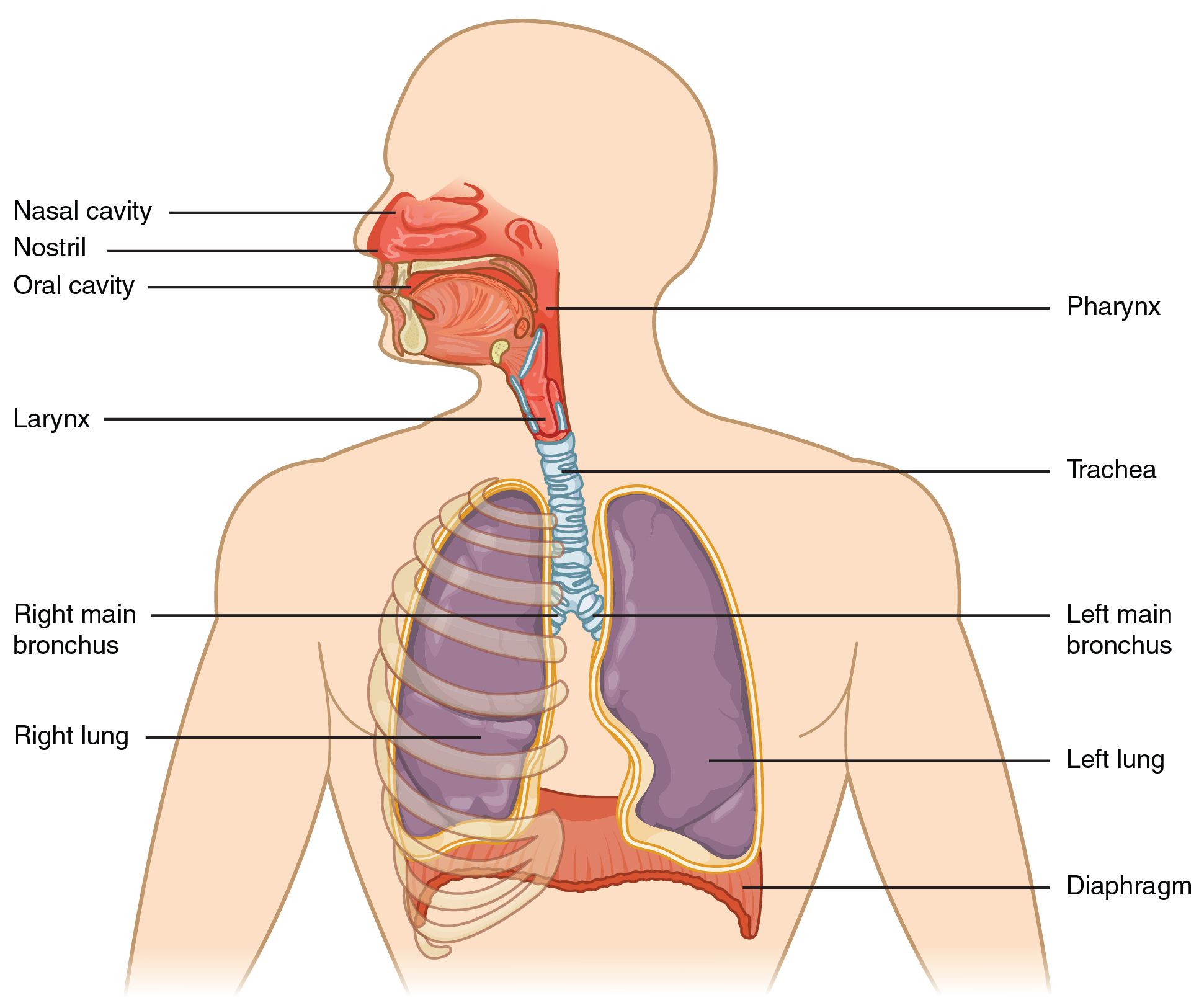Mammalian Lungs Are Adapted for Efficient Gas Exchange Through the Alveolar System
- At the center of the mammalian lung’s efficiency is the alveolar system.
- The lungs contain millions of tiny air sacs called alveoli (singular: alveolus), which are the primary sites of gas exchange.
- These alveoli are connected to the outside environment through a branching network of airways, including the trachea, bronchi, and bronchioles.

High Surface Area for Gas Exchange
- The alveoli are tiny air sacs in the lungs where gas exchange happens.
- There are about 300 million alveoli in your lungs, giving them a total surface area of 70 m² (about the size of a tennis court).
- A large surface area means more space for oxygen to enter the blood and carbon dioxide to exit.
- The bigger the surface, the better the diffusion!
- Think of the alveoli as tiny bubbles in a foam.
- The more bubbles you have, the greater the total surface area available for interaction with the air.
Thin Walls for Short Diffusion Distance
- Alveoli walls and the walls of surrounding capillaries are only one cell thick.
- This thin barrier makes it much quicker for gases like oxygen and carbon dioxide to pass through.
- A shorter distance means faster diffusion, so your body can meet its oxygen needs quickly, even during exercise.
Remember, the shorter the diffusion distance, the faster the rate of diffusion. This is why thin walls are a critical adaptation in the lungs.
Common Mistake- Students often confuse the role of capillaries with that of the alveoli.
- Remember, the alveoli provide the surface area for gas exchange, while the capillaries transport the gases to and from the bloodstream.
Surfactant to Keep the Alveoli Open
Surfactant
Surfactant is a lipid-based substance that reduces surface tension in the alveoli, preventing the alveoli from collapsing after exhalation.
- The inside of the alveoli is coated in a thin layer of moisture.
- This helps gases dissolve and diffuse into the blood.
- Surfactant, a special substance produced by cells in the alveoli, reduces surface tension.
- Without surfactant, the alveoli would collapse, and gas exchange would stop. Surfactant keeps them open and ready for action!



